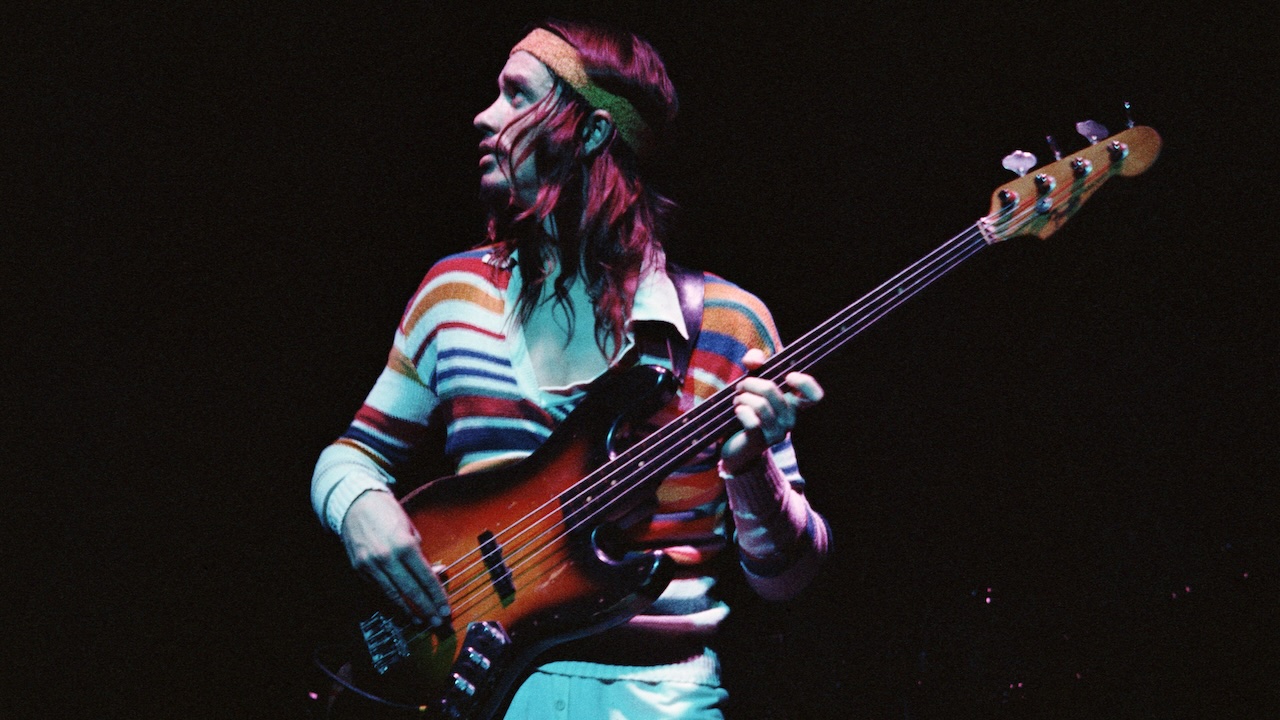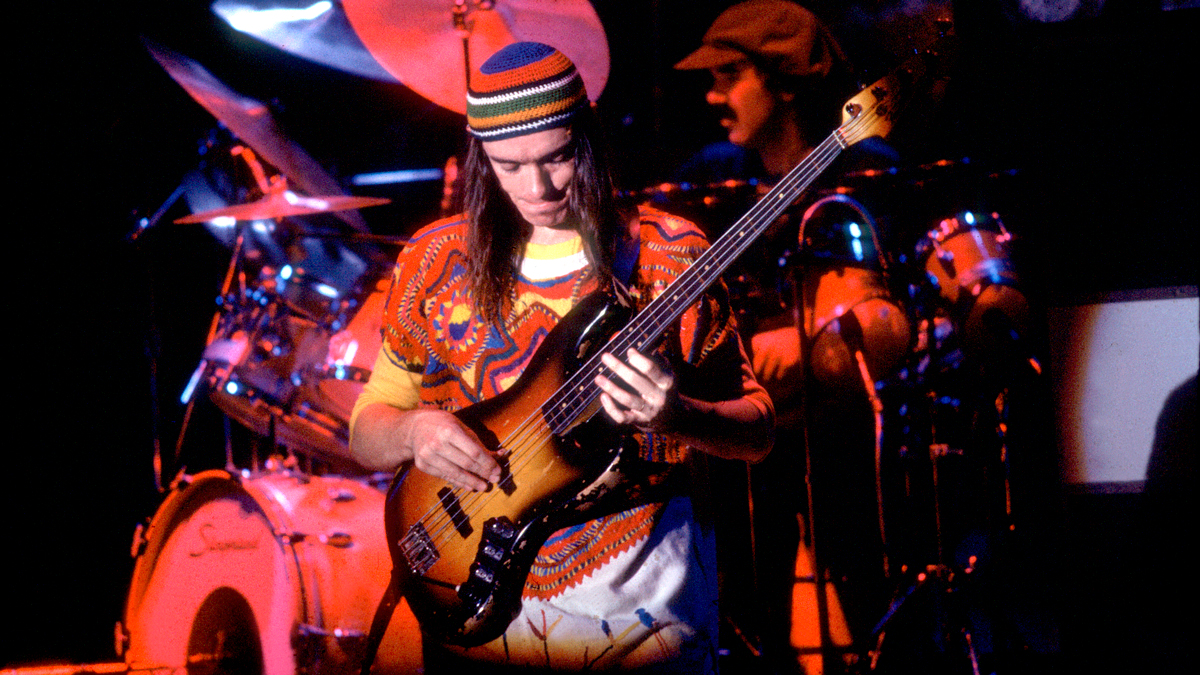
When Berklee Bass Chair Steve Bailey hears the passing train at the beginning of Barbary Coast, the first original tune Jaco Pastorius recorded with Weather Report, he remembers a valuable lesson he learned from the bass legend.
Late one South Florida night in the early '80s, Bailey was in Jaco's Volkswagen Beetle, along with steel-pan savant Othello Molineaux, returning to Molineaux's house. Upon arrival, Jaco was reaching in to pull the seat forward, when he said, “Listen! Do you hear that?” Bailey strained his ears into the distance and said, “Yeah, it's a train whistle.” To which Jaco replied, “No, man, that's music.”
Barbary Coast was, in essence, the worldwide debut of Jaco's R&B groove side. While Pat Metheny's Bright Size Life, released at the very end of 1975, turned many an ear to the emerging Florida bassist, 1976 would be Jaco's breakout year, with his landmark self-titled debut solo disc, Joni Mitchell's Hejira, and an appearance on Al Di Meola's Land of the Midnight Sun. But before those albums came his unveiling with Weather Report, on Black Market.
Revisit Jaco's isolated bassline on Barbary Coast below.
Alphonso Johnson had left the group before the album was completed. As a result, Weather Report leader Joe Zawinul, who had heard rough mixes of Jaco's solo album, brought him in to play on Cannonball and Jaco's own tune, Barbary Coast, in what was essentially his audition for the band.
According to Pastorius historian Bob Bobbing, Jaco had originally named the tune Coast to Coast, with his flight from Florida to L.A. to record with Weather Report in mind, but Zawinul influenced the name change to Barbary Coast to make it more suitable for the album concept of Black Market.
The track was recorded at Devonshire Sound in L.A., in the early fall of 1975, with Zawinul, Wayne Shorter, drummer Chester Thompson, and percussionists Don Alias and Alex Acuña. Jaco played his famous fretless sunburst '62 Fender Jazz Bass of Doom, with Rotosound roundwounds; it was recorded direct.
Following the track's 18 seconds of train sounds, Pastorius breaks into a percolating, 16th-note boogie groove. Steve Bailey sees several dichotomies here: “The opening groove sounds like it's in E major – with a pentatonic flavor – modulating to D. But if I bend my ear another way, I can hear the Eb-F slide on the downbeats and the Fb on the pickup to beat three as the bluesy and natural 3rds in the key of Db, which is what I think Jaco intended.”
“Another duality is throughout, the bass is prominent both musically and in the mix, while supporting fragments of melodies. The bassline itself can be viewed as the main melody, with the fragments on top serving as countermelodies.”
Bailey also theorized that the three-minute piece may have been part of a longer jam that was cut considerably, and that the bass track or a rhythm track may have come first, with through-composed melodic material – written mostly by Pastorius and played by Zawinul and Shorter – added later.

The keyboard/sax melody – a big band shout-type of phrase undoubtedly written by Pastorius – is repeated, while Jaco settles into his ghost-note-rich soul groove. As noted in Bill Milkowski's biography, Jaco, around 1968 Pastorius heard Carlos Garcia, a bassist with the Florida R&B band Nemo Spliff, using left-hand muting to get staccato notes, and he began emulating the approach.
Bailey points out that in the odd-number bars 7 through 15, Pastorius alludes to the IV chord with some subtly place Gb's, another common R&B device.
A new big band-like horn hit inspires four bars of cool solo bass groove, including the lick in bar 28, which Pastorius also played in his solo on lan Hunter's All American Alien Boy. As Jaco returns to the earlier root-dominant-7th shape, in bars 30 to 34, listen for a melody in bar 33 he later used in Liberty City.
Jaco again embarks on developing of his part, offering an opportunity to check out his use of passing tones. “Jaco instinctively knew where to put the ghost-notes and passing tones, and he's consistent with them. His groove is so driving and relentless, it's like a fingerprint – nobody can duplicate it.”
From bar 42 to the start of the fade and reemergence of the passing train sound, much more is happening on the track, above the bassline. “The whole piece is like a train ride, building and taking on new musical ideas as it goes.”







